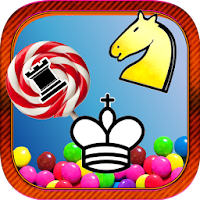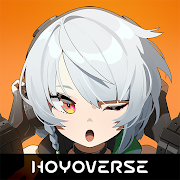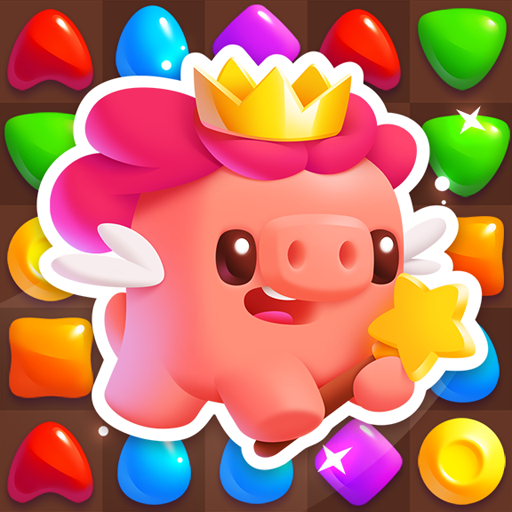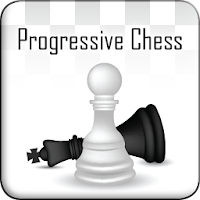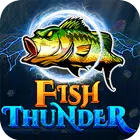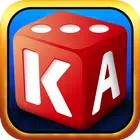"Dungeons and Dragons Beginner's Guide for 2025: How to Play"
Dungeons & Dragons (D&D) is a Tabletop Role-Playing Game (TTRPG), blending collaborative storytelling with strategic gameplay. It's a world where imagination meets dice rolls, shaping the course of epic adventures and unforgettable narratives. With the recent release of *Dungeons & Dragons: Honor Among Thieves* and the global success of *Baldur’s Gate 3*, D&D has experienced a surge in popularity, drawing both new and curious players into its rich universe.
Currently in its fifth edition (D&D 5e), the game offers refined rulebooks that make it more accessible than ever for newcomers. Whether you're diving into a fantasy campaign or crafting your own story, now is an excellent time to explore what many consider the original role-playing game.
If you're looking for something simpler before jumping into full D&D, there are several board games inspired by its mechanics that offer a lighter, more approachable experience while still capturing the essence of adventure and teamwork.
What You Need to Play D&D
- The People
- Rulebooks
- Dice
- Character Sheets
- Miniatures and Game Boards
- Dungeon Master Tips
1. The People
At its core, D&D requires at least two people, though groups of 3–5 are ideal. Every game needs a Dungeon Master (DM)—sometimes called the Game Master in other TTRPGs—and one or more players. There’s no upper limit on how many can join, so feel free to gather your entire circle of friends!
The DM guides the narrative, creates challenges, and manages the world’s inhabitants. While the role may seem overwhelming at first, it’s incredibly rewarding for those who enjoy crafting immersive stories. Two essential books for any DM starting out are the Dungeon Master’s Guide and the Monster Manual. Additionally, official adventures (modules) can help streamline the storytelling process.
2. Rulebooks
To begin playing D&D, only one book is required for players—the Player’s Handbook. This guide includes everything needed to create and manage a character, from races and classes to spells and equipment. Even seasoned players frequently refer back to this essential volume.
- The Dungeon Master’s Guide – A must-have for DMs, offering guidance on building adventures, designing NPCs, and creating worlds.
- The Monster Manual – Packed with creatures to challenge players, from lowly goblins to ancient dragons.
For those seeking a cost-effective entry point, the D&D Starter Set contains pre-made characters, a beginner-friendly adventure, maps, dice, and simplified rules—all without needing to purchase the full core books.
3. The Dice
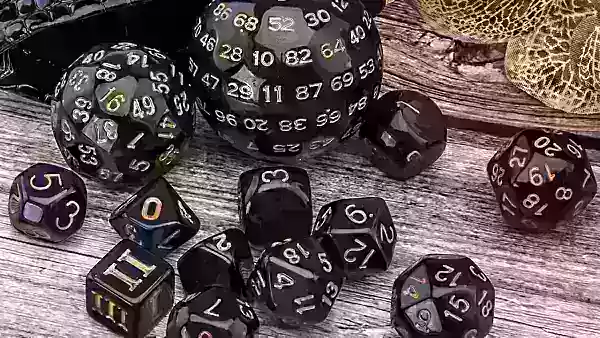
No D&D session is complete without a full set of polyhedral dice. These include a d4, d6, d8, d10, d12, and a d20. Each die serves a unique purpose during gameplay—from determining damage to resolving skill checks. While each player needs their own set, collecting multiple sets is a common and fun tradition among enthusiasts.
4. Character Sheets
Character sheets track your hero’s abilities, inventory, and progression throughout the game. Basic templates are included in the Player’s Handbook, but digital versions are also widely available online via platforms like DnDBeyond. For fans of *Baldur’s Gate 3*, compatible character sheets can be unlocked directly from the game’s website.
5. Miniatures and Game Boards
While optional, miniatures and battle mats enhance combat visualization by clearly showing positions and movement. Many players and DMs enjoy painting and customizing figures as part of the hobby. For remote play, Virtual Tabletops (VTTs) like Roll20 or FoundryVTT serve as excellent alternatives, allowing players to interact with maps and tokens digitally.
I Have All the People and Things, Now What?
How to Play Dungeons and Dragons
- Create Your Character: Players build their characters using the Player’s Handbook, choosing race, class, abilities, and gear.
- Create a Setting or World: The DM establishes the game world, whether homebrewed or based on a published module.
- Take Turns: Players alternate describing their actions, whether exploring, conversing, or battling foes.
- Roll the Dice: When attempting risky actions, players roll dice and add modifiers to determine success or failure.
- Combat: Structured turns dictate who acts when, with players attacking, casting spells, or using special abilities to overcome enemies.
Character Creation
Before embarking on an adventure, players must create a unique character. Here’s a quick breakdown:
- Choose a Race: From humans and elves to tieflings and goblins, each race offers distinct traits.
- Select a Class: Fighters, rogues, wizards, and more define your strengths and playstyle.
- Set Ability Scores: Roll or assign points to Strength, Dexterity, Constitution, Intelligence, Wisdom, and Charisma.
- Pick Equipment: Start with weapons, armor, and tools based on your background and class.
- Build a Backstory: Craft a compelling origin story to enrich roleplay and connect with the game world.
Terms and Rules
D&D features a wide range of mechanics and terminology. Some key terms to know include:
- Actions: Combat options such as attacks, spellcasting, and reactions.
- Initiative: Determines the turn order during combat via d20 rolls.
- Hit Points (HP): Represents your health. Drop to 0 HP, and your character falls unconscious.
- Armor Class (AC): How hard it is to hit your character in battle.
- Leveling: Characters gain levels through experience points or milestones, unlocking new abilities and power boosts.
Tips for Being a Great Player
- Share the Spotlight: Let everyone have moments to shine.
- <
-
1
![Roblox Forsaken Characters Tier List [UPDATED] (2025)](https://imgs.ksjha.com/uploads/18/17380116246797f3e8a8a39.jpg)
Roblox Forsaken Characters Tier List [UPDATED] (2025)
Mar 17,2025
-
2
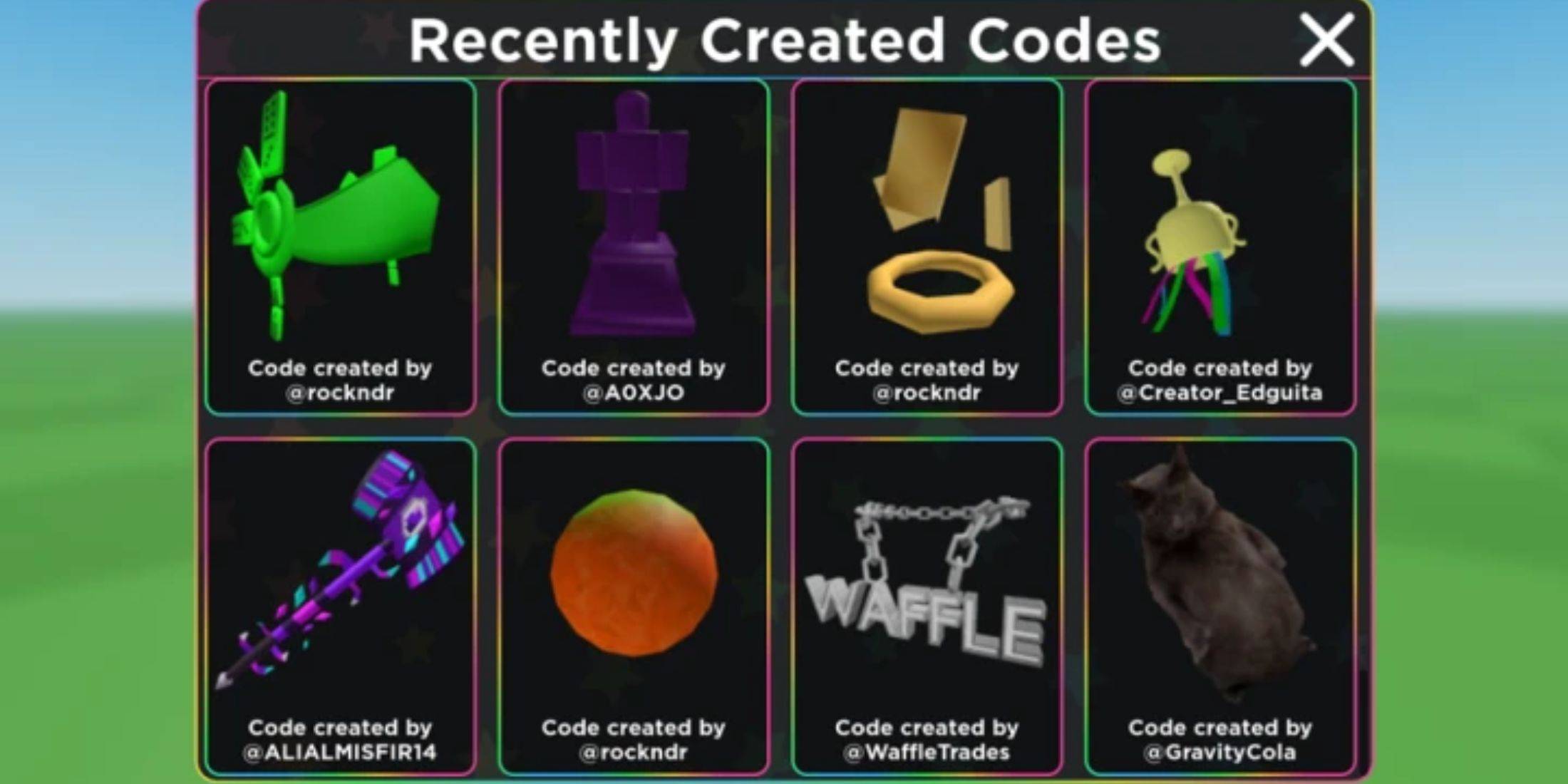
Roblox UGC Limited Codes Unveiled for January 2025
Jan 06,2025
-
3
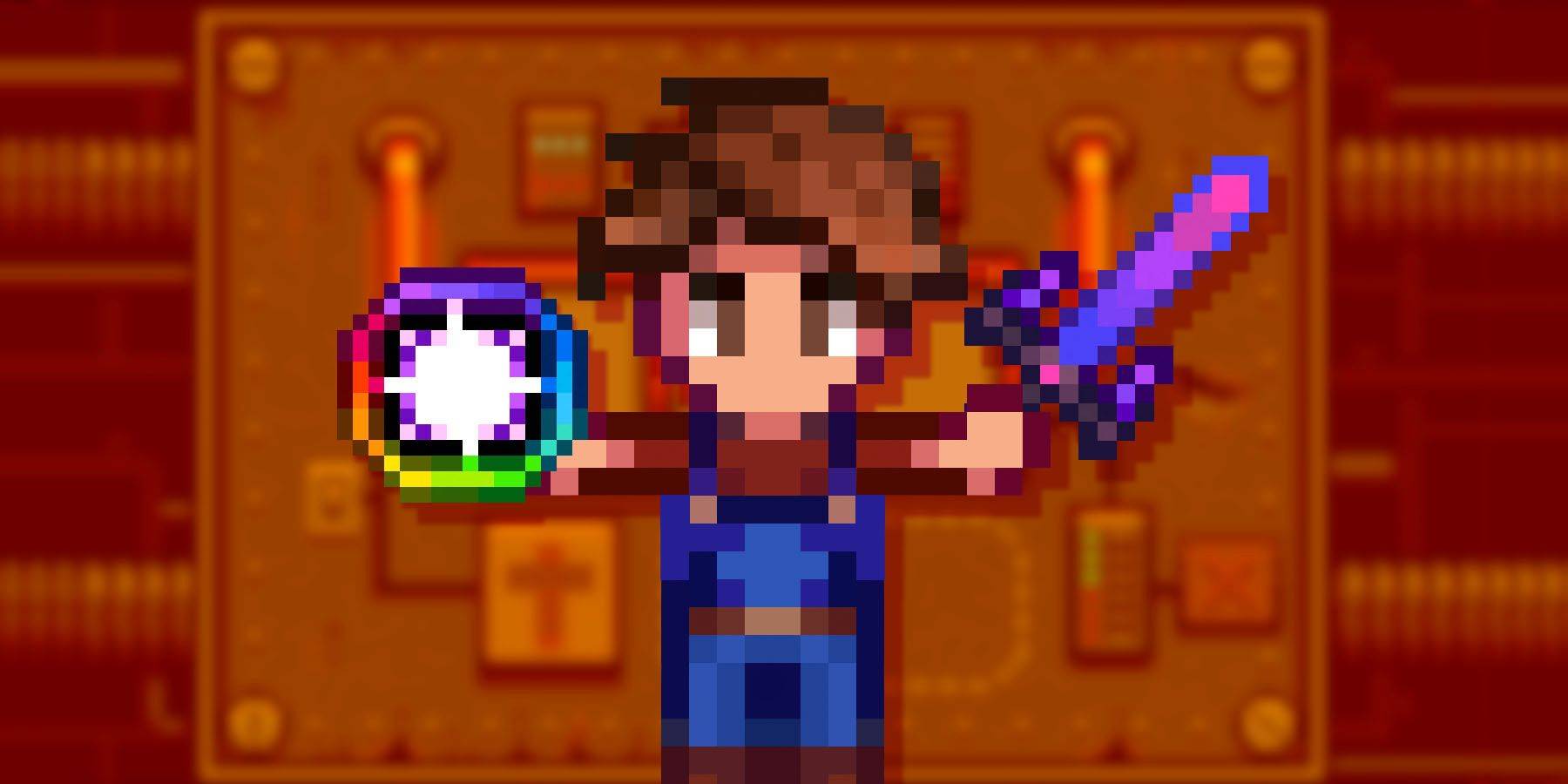
Stardew Valley: A Complete Guide To Enchantments & Weapon Forging
Jan 07,2025
-
4

Pokémon TCG Pocket: Troubleshooting Error 102 Resolved
Jan 08,2025
-
5
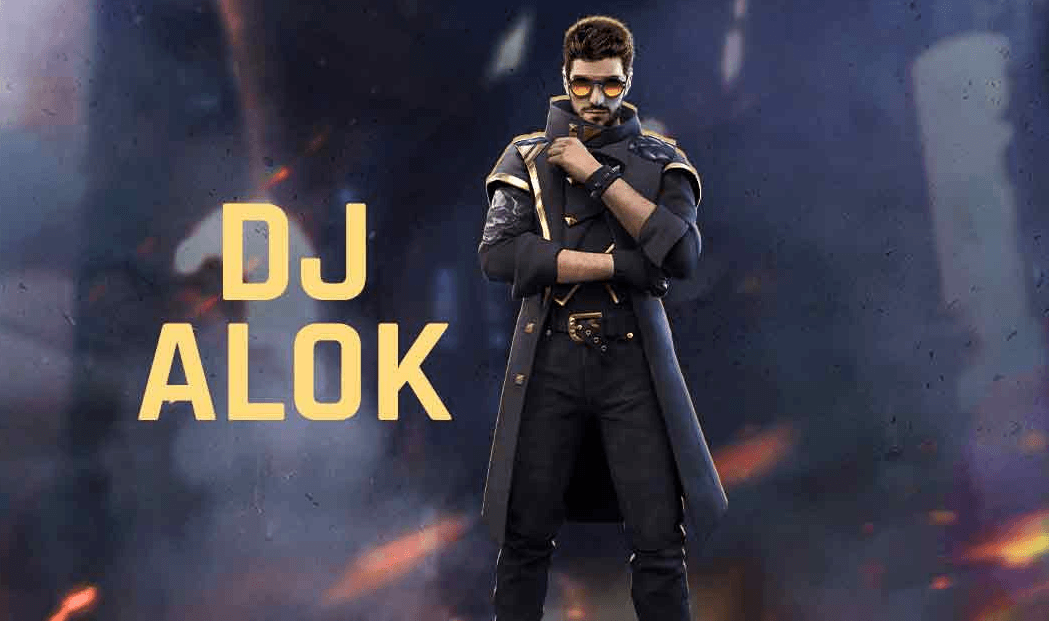
Free Fire Characters 2025: Ultimate Guide
Feb 20,2025
-
6
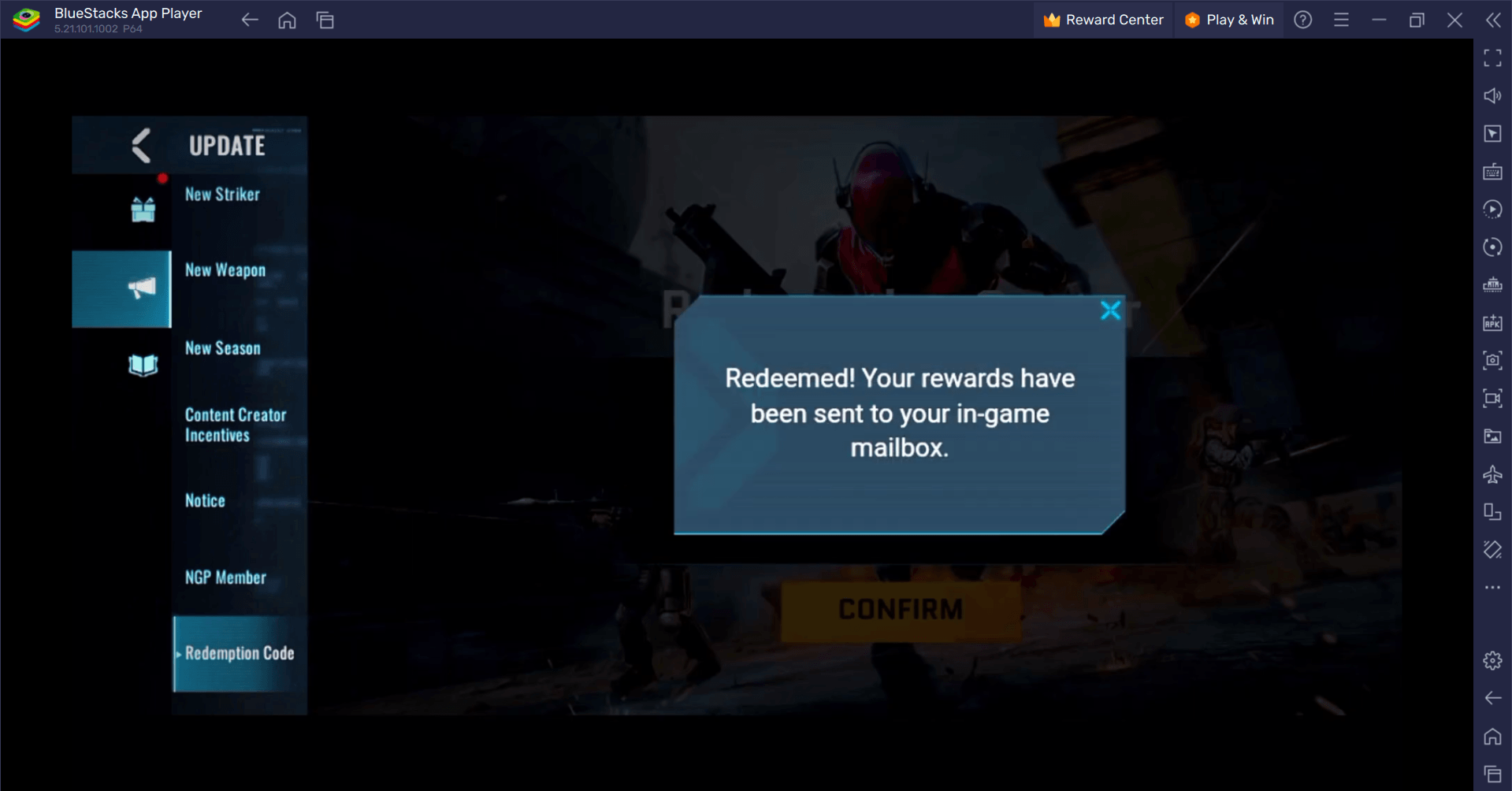
Blood Strike - All Working Redeem Codes January 2025
Jan 08,2025
-
7

Blue Archive Unveils Cyber New Year March Event
Dec 19,2024
-
8
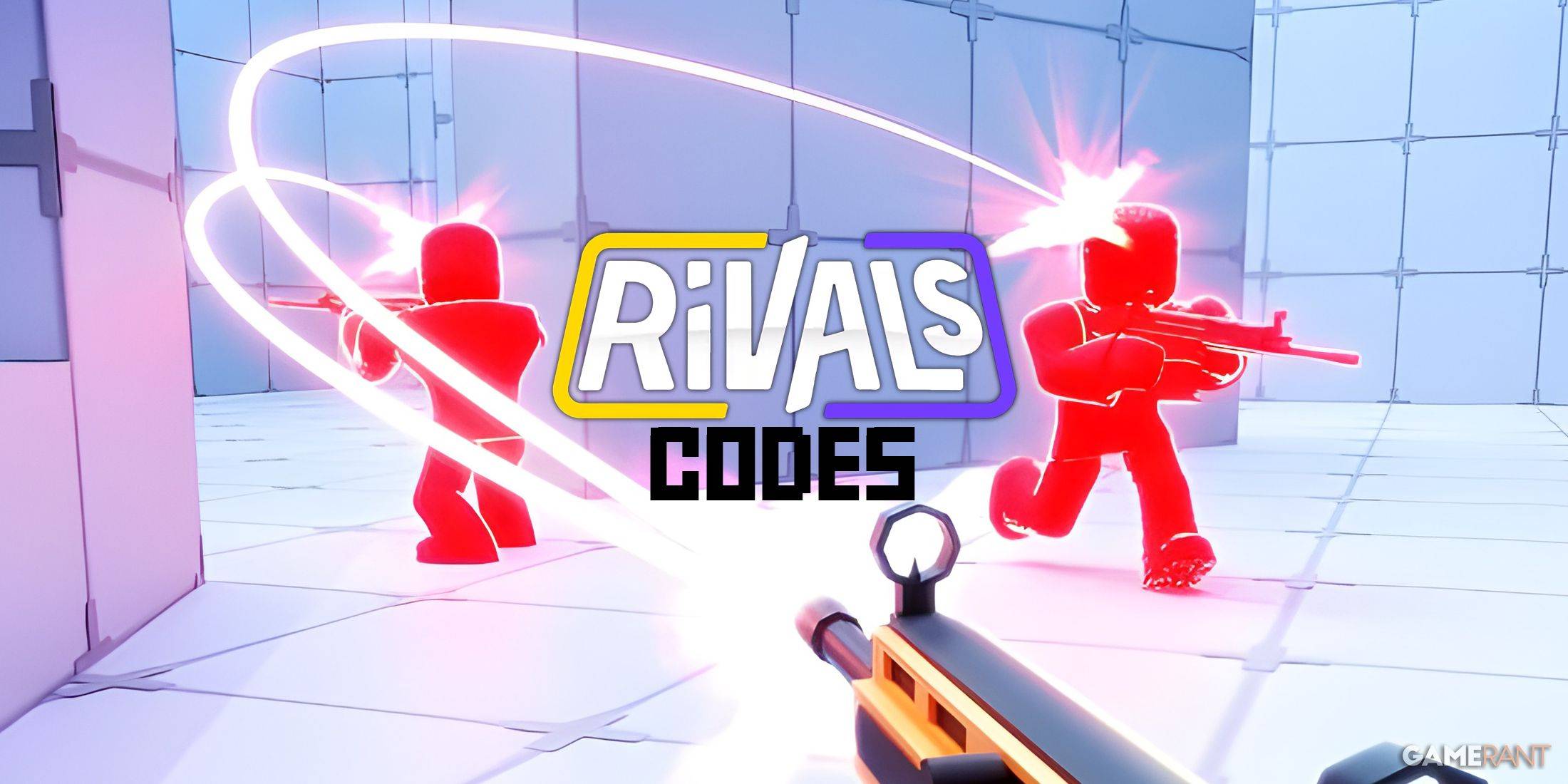
Roblox: RIVALS Codes (January 2025)
Jan 07,2025
-
9
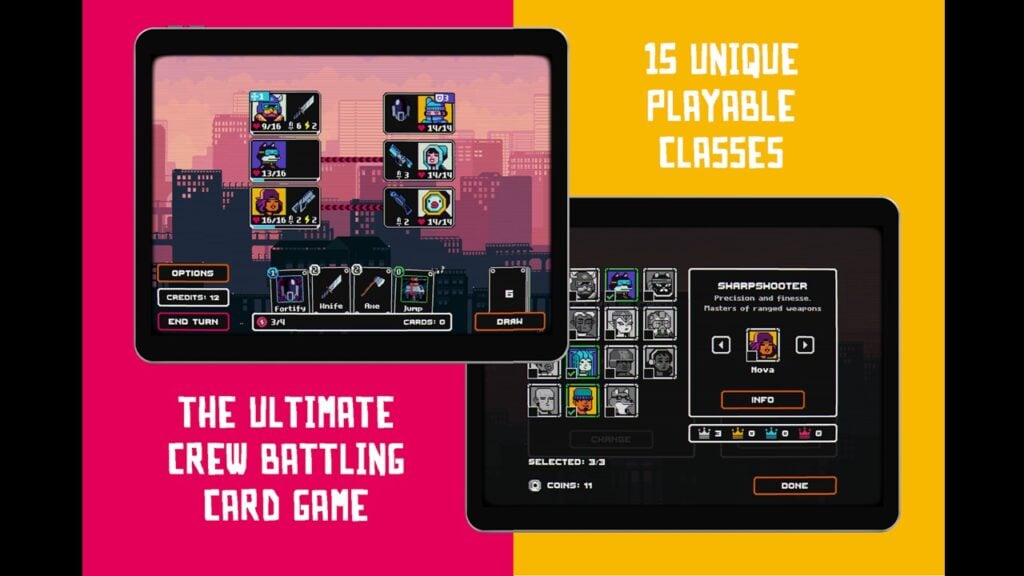
Cyber Quest: Engage in Captivating Card Battles on Android
Dec 19,2024
-
10
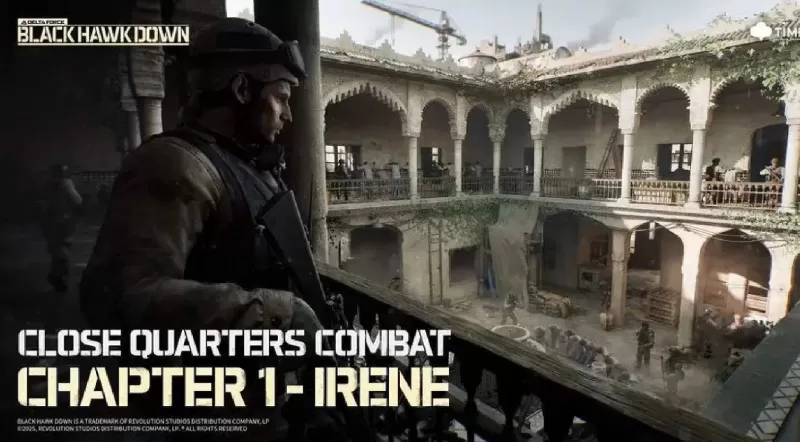
Delta Force: A Complete Guide to All Campaign Missions
Apr 09,2025
-
Download

A Simple Life with My Unobtrusive Sister
Casual / 392.30M
Update: Mar 27,2025
-
Download

Random fap scene
Casual / 20.10M
Update: Dec 26,2024
-
Download
![Corrupting the Universe [v3.0]](https://imgs.ksjha.com/uploads/66/1719514653667db61d741e9.jpg)
Corrupting the Universe [v3.0]
Casual / 486.00M
Update: Dec 17,2024
-
4
Ben 10 A day with Gwen
-
5
Oniga Town of the Dead
-
6
A Wife And Mother
-
7
Cute Reapers in my Room Android
-
8
Permit Deny
-
9
Utouto Suyasuya
-
10
Roblox



